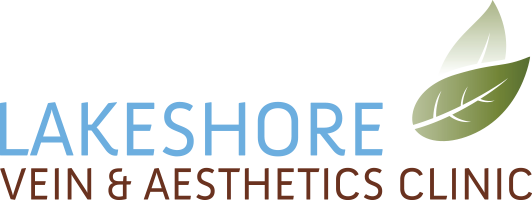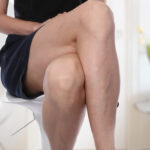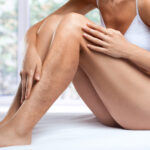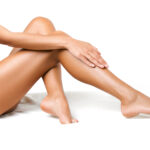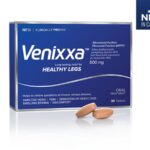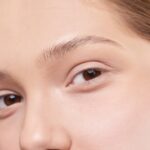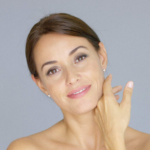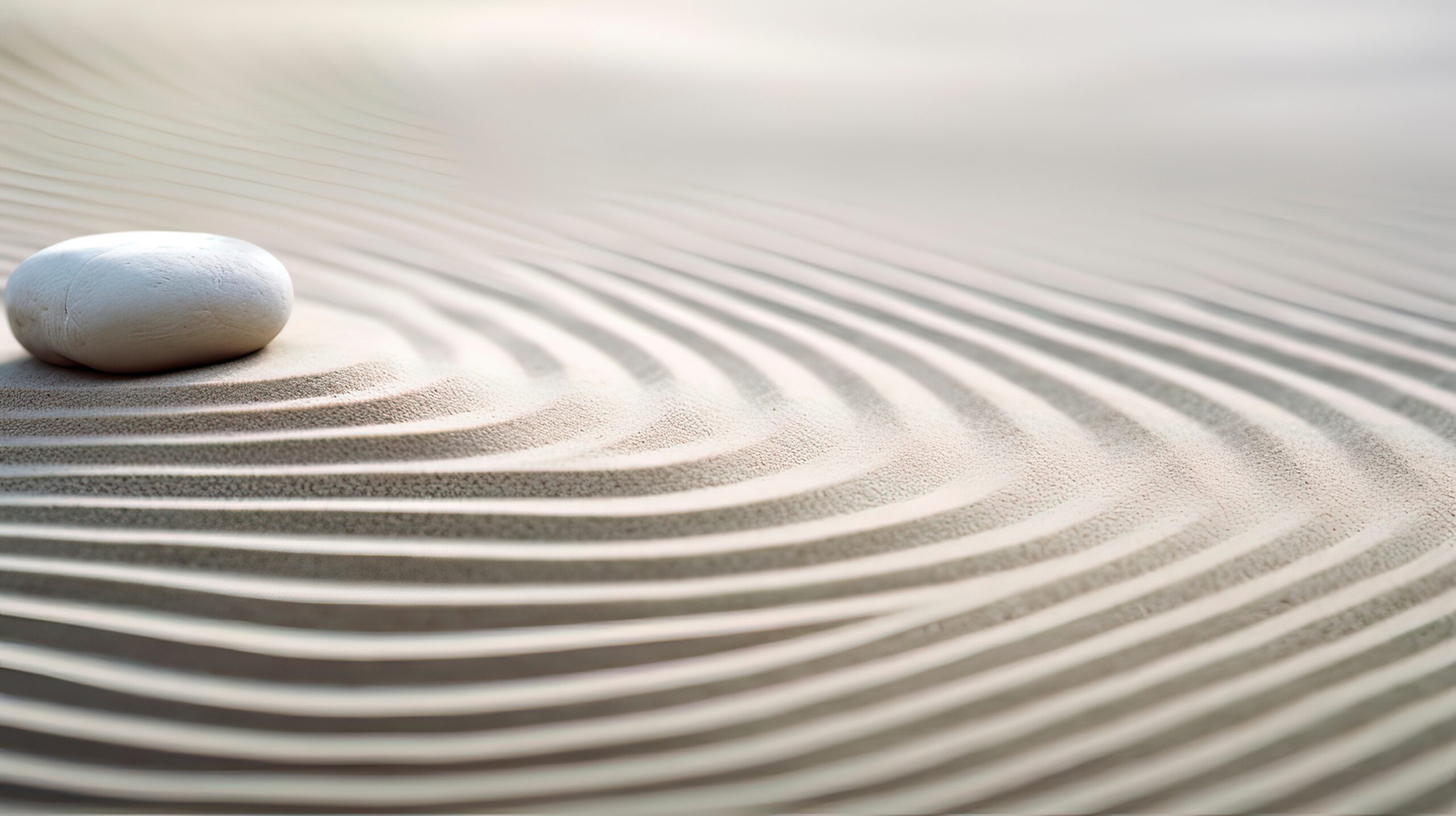What are spider veins & varicose veins?
These are dilated blood vessels under the skin that may cause a variety of symptoms including dull ache, itchiness, warmth, swelling, restless legs and night cramps. They can also be the cause of dry, scaly skin on the lower legs as well as leg ulcers. We call the smaller varicose veins spider veins and these can be red or blue, usually the width of a strand of hair.
What causes varicose vein disease?
No one is totally sure. Heredity is certainly a big factor and certain families are predisposed to this condition. There are other factors that can increase the probability of developing varicose veins: estrogens (as in birth control pills or hormone replacement), pregnancy, menopause, obesity, prolonged sitting or standing, and injury to the leg.
How does sclerotherapy work?
Medication is injected into diseased veins with small needles. The medication irritates and destroys the inner lining of the vein so that it can no longer carry blood. The vein then collapses and the body replaces this damaged vessel with an imperceptible scar tissue. By eliminating this abnormal, unnecessary blood vessel, your circulation is actually improved. The thousands of other healthy veins in the leg will take over the job of carrying the blood to the heart.
How many treatments do I need?
This varies depending on the extent of disease. We perform a careful ultrasound examination at the first visit to determine if any of the larger veins deeper under the skin are diseased. Although these veins may not be visible to the eye, they are often the cause of surface spider or varicose veins.
In general, we treat large veins first and work down to the smallest veins. If all you have are spider veins in one area of the leg without any underlying diseased veins, you may only need one or two treatments. However, if you have many areas of concern, or large underlying veins, more treatments will be necessary.
How often can I be treated?
We prefer to have at least one week between treatments on the same leg. We can, however treat one leg one day and the other leg the next day to expedite treatment if you are from out of town.
What are the costs?
In British Columbia (BC), health care provides you with 6 sclerotherapy sessions (3 per leg) per year if your treatment is deemed to be for medical reasons. We will do our best to complete your treatment within the allotted treatment sessions; however, this may not be possible in those people with extensive disease. In those cases, we either wait until the next year, when you will be allotted another 6 treatments, or we can complete the treatment for the fee we charge for cosmetic vein treatment.
Treatments done purely for cosmetic reasons cannot be charged to the health plan.
With each treatment session, there is a fee for the medication we use to inject the vein. This may be covered if you have an extended medical plan. If use of the ultrasound is necessary to treat a large underlying vein, there will also be an extra fee. Your doctor will let you know exactly what the payments will be during the initial consultation.
Compression stockings are an important part of the treatment and are generally worn for at least one week after treatment. If you have your own medical compression stockings, please bring them along with you. Otherwise, we have stockings at the clinic for very a reasonable price.
What are the side effects of sclerotherapy?
Sclerotherapy is generally a very safe treatment with little or no down time. Like any other medical treatment, however, side effects can occur:
- Telangiectatic matting or the development of new tiny blood vessels in the treated vessel occurs in up to 18% of women receiving estrogen therapy and up to 2%–4% of all patients. It occurs 2–4 weeks after treatment and is usually temporary, clearing within 4–6 months.
- Hyperpigmentation or darkening of the skin can occur around the injected vessel. This usually resolves within 3–6 months.
- Bruising of the injected area is common and resolves within 2–3 weeks.
- Superficial thrombophlebitis, an irritation of the injected vessel can occur, especially if stronger medication was used. It may have to be treated with anti-inflammatory agents and compression stocking.
- Pain. Treated veins may be tender to the touch after treatment but it is usually temporary, lasting no more than one week.
- Like any other medication, an allergic reaction can occur but is very infrequently encountered in our practice. If you do not have multiple allergies, it is unlikely that you will have any problems.
- Other, more serious complications can occur but these are extremely rare.
How effective is sclerotherapy?
The majority of people who have sclerotherapy will be cleared or at least see good improvement. However, we are unable to guarantee that we can clear every diseased vein.
Are there natural treatments, organic therapies and/or home remedies for varicose veins?
No. There are no reliable scientific studies (e.g. randomized, double-blind, controlled trials) proving home remedies or any herbal/natural/organic remedies are effective treatment for spider or varicose veins. Although some say a “horse chestnut” extract herbal therapy works, we simply don’t have the evidence to support this. Dr. Janna Bentley: “There is no research to support any claims for any home remedies OR DIY therapy that they can reduce or “erase” varicose veins, and this is supported by my years of experience in treating all types of varicose veins.”
Can I get rid of my varicose veins with lifestyle changes?
Lifestyle changes can’t prevent varicose veins (since it is largely genetics) but certainly can improve symptoms: healthy eating, good sleeping habits, stop smoking, regular exercise etc.”
What are the alternatives to sclerotherapy?
As varicose vein disease is not a life-threatening condition, treatment is not mandatory in every patient. Measures such as wearing graduated compression stockings, exercise on a regular basis, and weight loss may be all that is necessary to relieve symptoms.
Vein stripping and or ligation may be used to treat larger varicose veins but is usually associated with higher risks due to the need for anesthesia and risks associated with surgery.
Laser treatment of large varicose veins is a new, safe, and extremely effective treatment with little down time. We provide this service in our clinic and our doctor can discuss whether you would be an appropriate candidate for this procedure. Unfortunately, it is not covered under the B.C. health plan.
Laser treatment of spider veins can be done, usually in combination with sclerotherapy.
What do I need to do before my appointment?
- Do not take aspirin, ibuprofen, or other nonsteroidal anti-inflammatory drugs for 2 days before your treatment because these medications can increase bruising.
- Do not shave your legs the day of your appointment to avoid discomfort.
- Do not apply cream or lotion to your legs.
- Wear a long skirt or loose long pants to the appointment.
- Come in for your appointment with as little of a tan as possible on your legs to decrease the chances of hyperpigmentation.
What do I do right after the treatment?
Immediately after the procedure, you will be required to put on support stockings and walk for 30 minutes. You will be wearing these stockings usually for a week after each treatment.
You should be able to return to work or your normal activities, assuming that they do not involve heavy lifting or strenuous exercise.
It is best to continue avoiding the sun on the legs until the bruising has cleared, usually 2 – 3 weeks after treatment. If sun exposure is unavoidable, the use of SPF 30 or higher sun block is a good precautionary measure.
